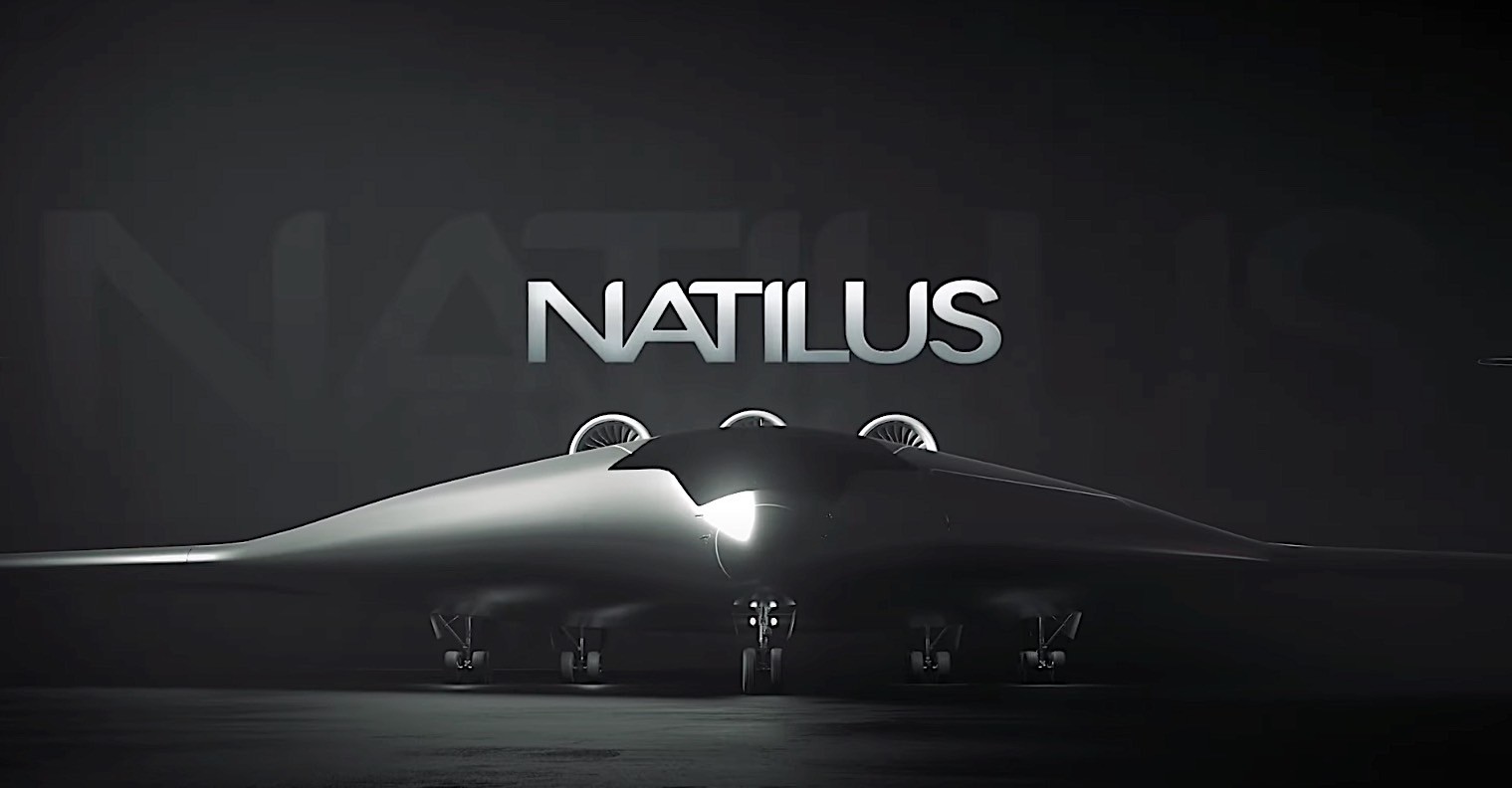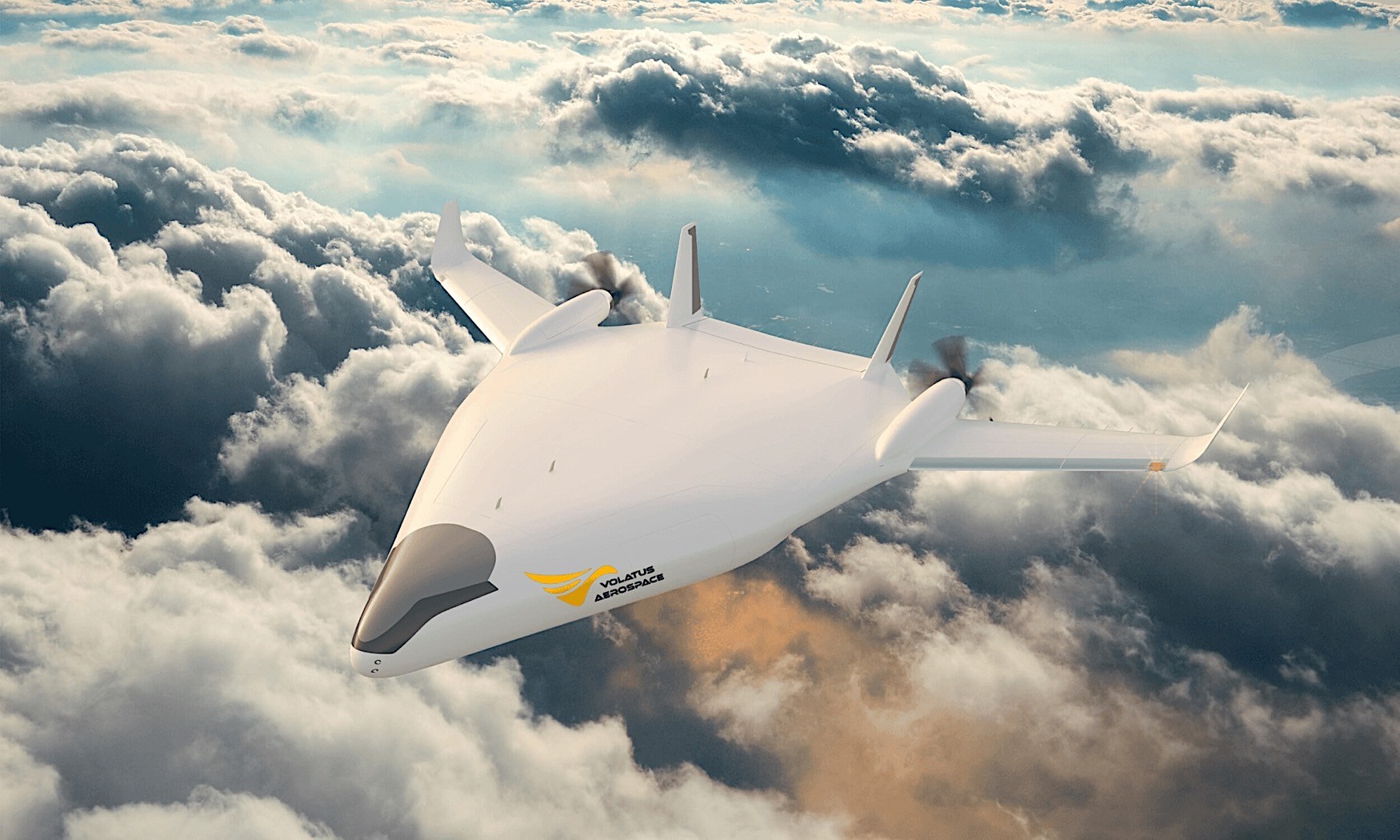The field of aircraft design is constantly changing, often marked by ambitious projects that frequently falter, leaving enthusiasts disappointed. However, some concepts show promise, gauged by the interest they garner from other industry players.
One such example is Natilus, a company pursuing the development of a potentially groundbreaking blended-wing-body aircraft. While we’ve previously explored Natilus extensively, let’s recap before delving into today’s developments.
Founded in 2016 in San Diego, Natilus is focused on creating an entire family of remotely piloted drones primarily for cargo transportation, eschewing conventional tube-and-wing designs in favor of a blended-wing-body layout.

The drone family, known as Kona, comprises four distinct vehicles capable of carrying cargoes ranging from 43 to 143 metric tons over distances spanning from 1,035 miles (1,666 km) to 5,883 miles (9,468 km).
Announced approximately a year ago, the Kona drones will be powered by ZA600 hydrogen-electric engines developed by another startup, British-American ZeroAvia.
Though not yet operational, Natilus has attracted interest from companies such as Volatus Aerospace, Astral Aviation, and Aurora International, all eyeing the 43-ton Kona.
While Natilus has not disclosed pricing for these drones, it’s likely to be substantial. To facilitate the acquisition, the company has partnered with Monte, a “zero-emissions regional turboprop aircraft lessor” offering leasing and financing options for aerial transport needs. Monte’s fleet includes aircraft from Cessna, Beechcraft, Bombardier, and Saab.
Details on leasing and financing options for the drone are currently unavailable, as Natilus is uncertain about the commercial availability timeline, targeted for 2025. However, it may take additional time for the drones to enter actual service.

